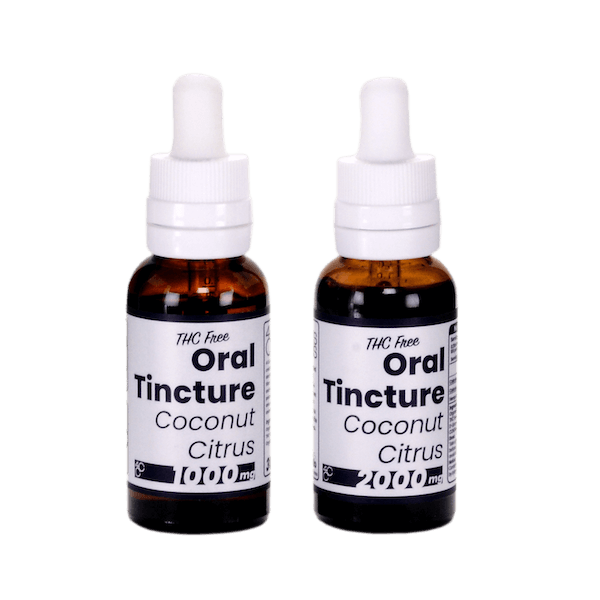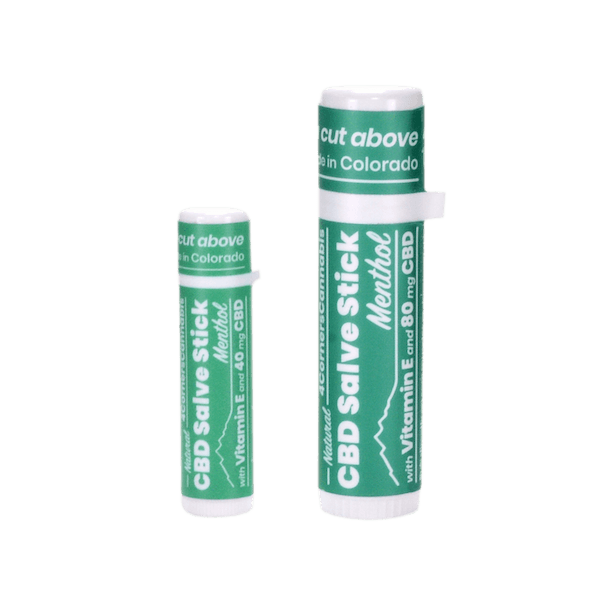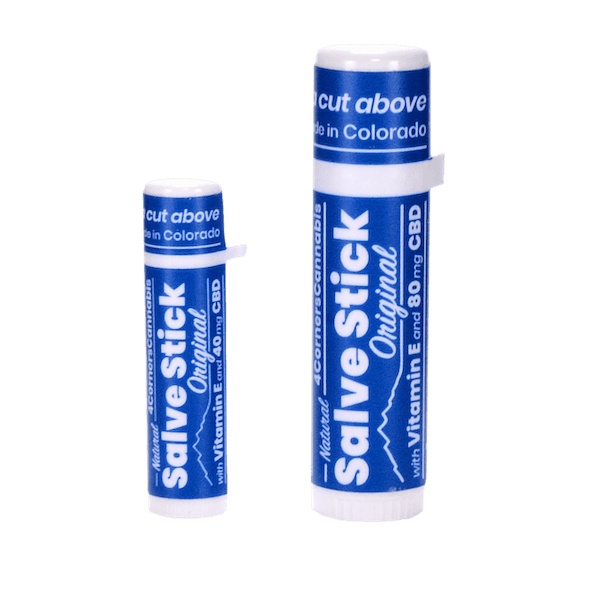Ultimately, cannabis grows almost like tomato plants. That being said, several factors and considerations affect the path of any grow. Plants need good light sources, properly balanced PH, nutrients, and sufficient (but not excessive) watering.
Lighting:
Growers have two basic lighting options: natural light from the sun, and man-made light sources. The sun offers the ideal variety of wavelengths and many regard it as the best light source. Indoor grows however, lack sunlight entirely. Indoor plants rely on artificial lights like LED’s, metal halide, fluorescent bulbs, high pressure sodium, and more. Light sources differ to some extent, and many offer utility in different stages of plant growth.
Lighting cycles:
Let’s explore a step deeper lighting. Don’t just consider the light source, but lighting cycles as well. They determine whether or not cannabis grows correctly. Many beginners fail to research these crucial cycles.
Cannabis plants produce buds during what’s known as the vegetative cycle. Throughout this phase, try to give your plants at least 14 hours of light per 24 hours. This deters them from entering the flowering stage too early. Indoor growers take it a step further. They often give plants 18 to 24 hours of light per day to keep them in the vegetative cycle. Growers use this cycle to grow plants to the desired size before putting them into the flowering cycle. Vegetative cycles range from a month to over a year depending on the desired plant size.
When plants adequately mature, growers switch up the light cycle. Alternating 12 hours of light with 12 hours of darkness each day, plants start developing flowers. This cycle varies as well. It can last between 6 weeks to several months depending on grower preference and which strain they grow.
pH (the measure of acidity or alkalinity in a solution):
Establish and maintain an optimal pH in your water source. pH positively or negatively affects your plant’s growth. With the appropriate pH, plants absorb and uptake nutrients at their greatest efficiency. If your water source’s pH needs some adjustment, not to worry. Just fine-tune it by adding compounds that raise or lower pH levels to fit different needs.
Plants should neither thirst nor drown:
Even if you find a great water source, your job is far from done. Plants require almost constant attention to avoid overwatering as well as underwatering. A grower with a green thumb might know that plants are thirsty simply by lifting the pot and gauging the weight. Until achieving that level of mastery though, monitor plants frequently and carefully.
Nutrient Regimen (your plant’s diet):
Cannabis plants need quality nutrients to grow up healthy just like humans do. Hydroponic growers mostly use synthetic compounds for their nutrient regimens. Why? Because growing hydroponically imposes certain constraints that limit nutrient delivery methods. Strangely, many farmers that grow in dirt also use synthetics even though they aren’t restricted to that protocol. Many consumers react poorly to inorganic nutrients though, so use them only as a last resort.
As a general rule, organic grows benefit everyone involved far more than non-organic growing. This includes everyone all the way from the responsible farmer to the satisfied consumer. Growers should only use products that have been grown organically as well. Take care not to overlook the sourcing of any product used in a grow.
Getting Started:
As a new grower, take the time to rent or buy a grow book which can be found on Amazon, local bookstores, and libraries. Research helps more than anything when you start out. Once you commit the basics to memory, you can start to refine your plants to your liking. Just remember that certain protocols are paramount for a successful grow. On that note, good luck on your cannabis journey!




